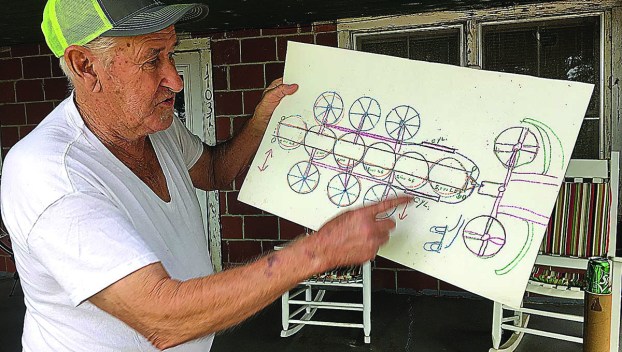
Ga Fl News
Coolidge man looks back on lifetime of inventions
COOLIDGE, Ga. — Billy “Wild Bill” Willeby of Coolidge claims to have invented dozens of things. The U.S. ... Read more

COOLIDGE, Ga. — Billy “Wild Bill” Willeby of Coolidge claims to have invented dozens of things. The U.S. ... Read more

COOLIDGE, Ga. — Billy “Wild Bill” Willeby of Coolidge claims to have invented dozens of things. The U.S. ... Read more
DOERUN, Ga. — Wheeler Hardware and Auto Parts, located at 136 W. Broad St., is now partnered with ... Read more